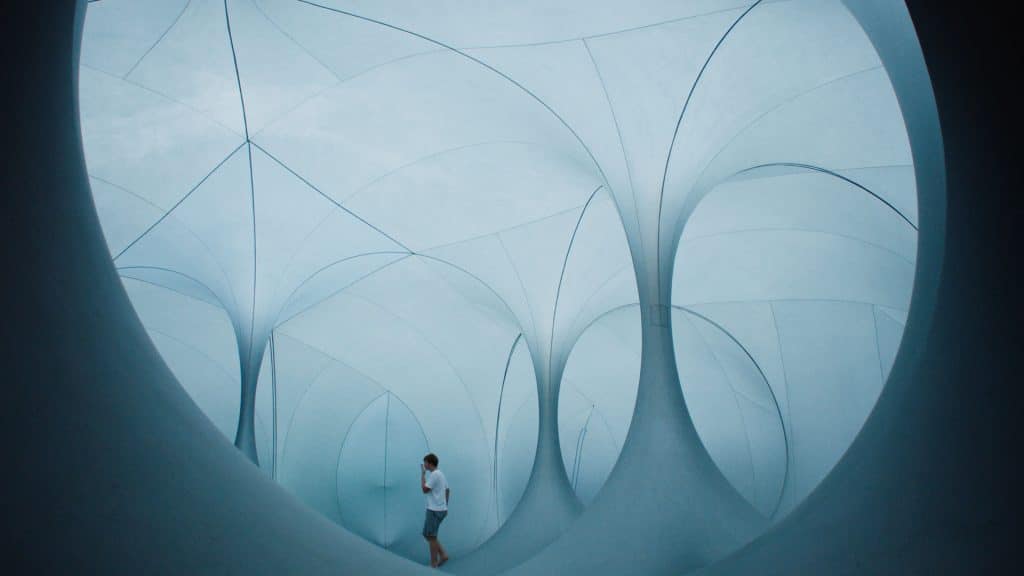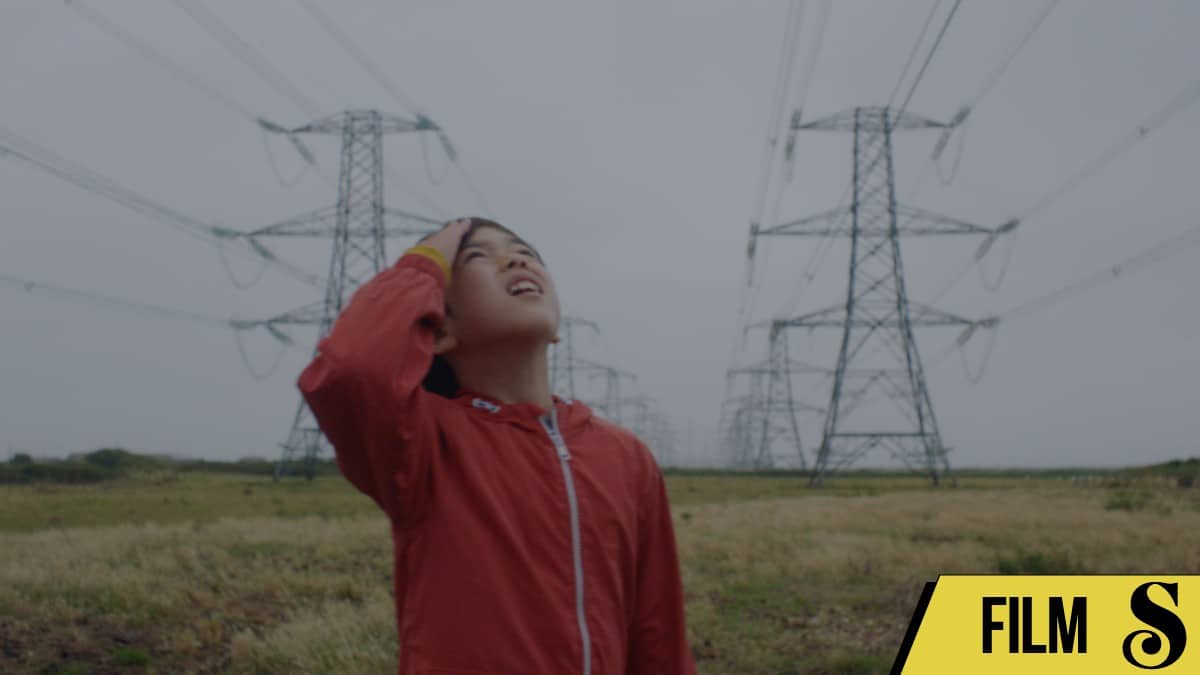Read also:
How to Watch FX Live Without CableHow To Watch AMC Without CableHow to Watch ABC Without CableHow to Watch Paramount Network Without CableEmpathetic, well-crafted filmmaking makes this profile on the specificities of autistic life both heartwarming and essential in its outreach.
Autistic people deal with a lot of stereotypes. Based on everyday public perception, autistic people are emotionless robots who act like Jim Parsons’ Sheldon Cooper. We’re self-absorbed. We’re incapable of being independent. On and on the list of toxic assumptions go. It’s daunting to confront those concepts, but that doesn’t mean autistic people haven’t fought back against them.
One way of fighting back came in the form of The Reason I Jump, a 2007 book by Naoki Higashida that aimed to upend harmful perceptions of autistic people by offering readers a glimpse into the mind and perspective of the author, who is autistic herself, and in so doing dashing societal norms about autistic people. The very existence of an introspective text alone debunks the concept that autistic people are cut off from the “real world”. As Higashida’s writing demonstrates, autistic people are very much rooted in reality. We just have a different way of processing it.
The documentary The Reason I Jump aims to make its source material proud by furthering its mission of demystifying the lives of autistic people. To accomplish this, director Jerry Rothwell expands the focus beyond just Higashida, using the book as a springboard for a series of segments focusing on different nonverbal autistic people from all around the globe. There’s Ben & Emma, a pair of hockey-adoring friends who live in Virginia, or Joss, an adult male living in Britain, as well as several others. We also see interviews with neurotypical individuals like David Mitchell, the ghostwriter of the original book.

Structuring The Reason I Jump like this expands the scope of Higashida’s original story, and strengthens its stated mission to help the general public find a greater understanding of autistic people. We see nonverbal autistic people engaging in different fixations, forms of expression, and other varying personality traits. Rothwell shows us there’s no one way to be autistic.
One vital component of the doc’s advocacy is its efforts to simulate the visual and auditory processing of many autistic people through unique cinematography and sound design. If a noise disrupts my ears or a surface registers as discomforting, it sends my anxiety into overdrive. Ruben Woodin Dechamps’ cinematography reflects this in myriad ways: the camera gets up close and personal with the surfaces of objects and lovingly frames mundane objects that bring people like Joss such joy.
Even more impactful is the sound work, which is used to emphasize the sizable importance of noises. Joss, for instance, has a fascination with the mechanical whirring of green boxes scattered around his neighborhood. Just sitting outside these boxes and listening to that sound brings Joss a sense of serenity. We’re immersed in these noises right along with Joss, giving the viewer a deep glimpse into his version of paradise.
Some of the most introspective moments of The Reason I Jump come from these newly-crafted moments that could only work in a visual medium like film. Others come directly from passages from Higashida’s book, like Higashida’s description of what it’s like to have moments of intense emotions. These make him have an out-of-body experience that’s akin to feeling like “[his] body belongs to someone else [while his] brain is controlled by a faulty robot”. It’s incredibly evocative wording, which further illustrates the specificity of the autistic experience.
The Reason I Jump aims to make its source material proud by furthering its mission of demystifying the lives of autistic people.
It’s always a surreal thing to hear someone talk about personal experiences you’ve never been able to put into words. Suddenly, the world feels a little clearer, as what was once frustratingly out of reach is now tangible. That’s how I felt hearing those words.
There were numerous moments like that in the doc which tap into experiences I’d long struggled to convey. The thought that future generations of autistic youngsters can point to moments in here to help illuminate their behavior is enough to make this a remarkable feature.
On top of that achievement, The Reason I Jump is also extremely well-put-together as a film on its own merits. David Charap’s editing fluidly moves back-and-forth between different stories, points in time, and even entire continents without missing a beat. Meanwhile, Nainita Desai’s score does impeccable work reflecting the complex interior worlds of the on-screen subjects. Much like Charap’s editing, Desai’s score can shift between various tones with ease. As a result, the score is just as versatile as people like Amrit or Ben.The editing and score reinforce The Reason I Jump’s central theme about the versatility of the autistic community. Even the closing narration reflects this idea. One of the final lines notes that the perspectives here won’t apply to every autistic person. But in taking one story and turning it into several, The Reason I Jump renders autistic individuals as they are: complex human beings. It’s a heartfelt notion told with an expansive scope and sharply realized filmmaking.
The Reason I Jump opens January 8th in virtual cinemas, including at the Music Box Theatre.

